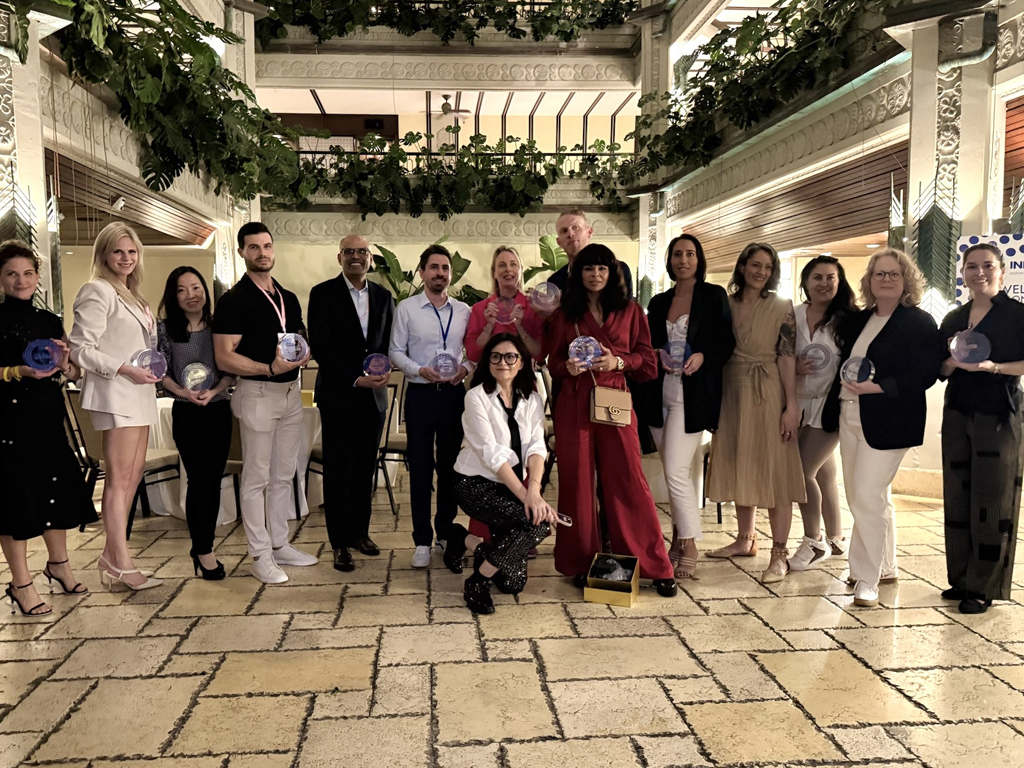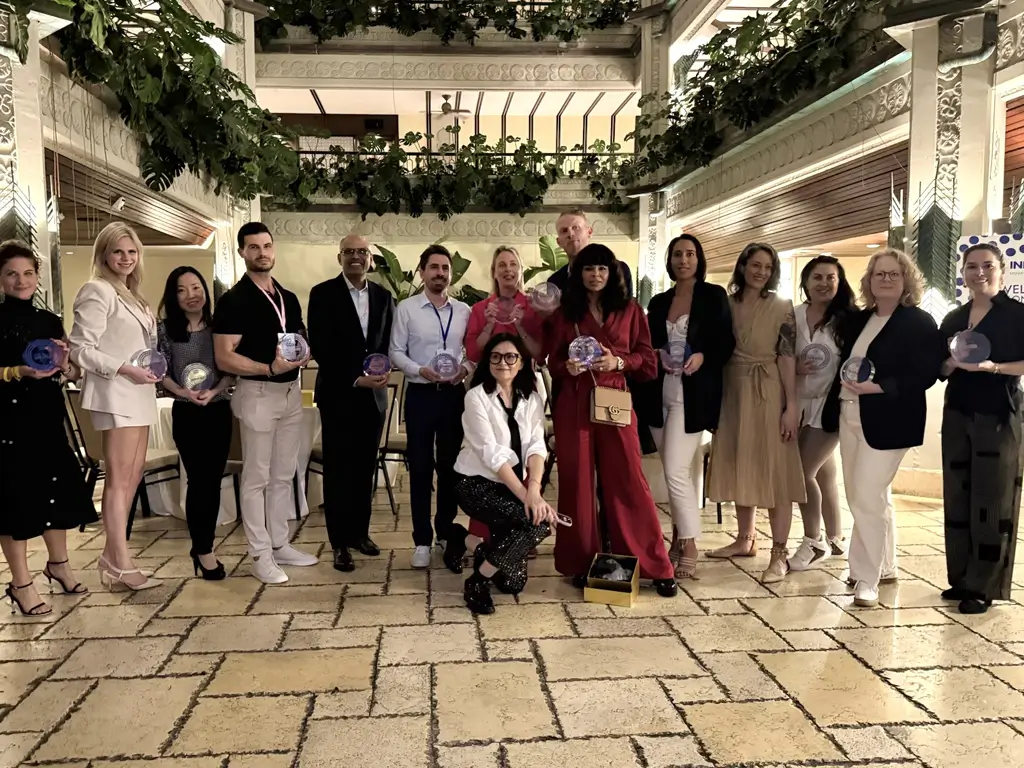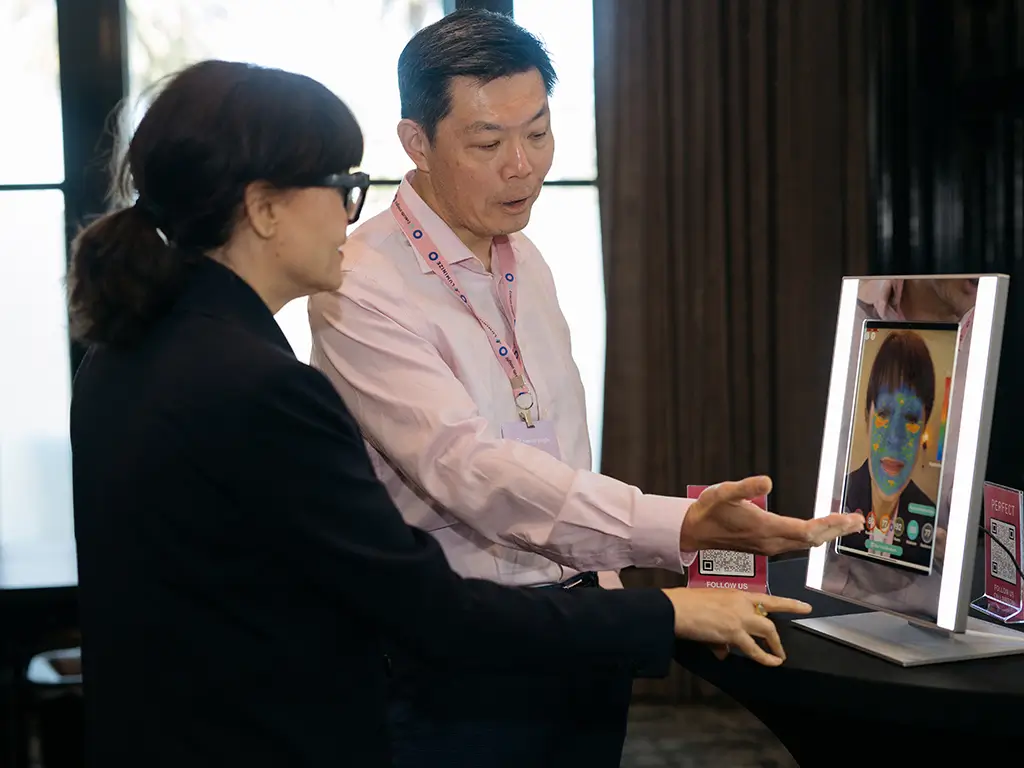The future of health and beauty is no longer defined by separate silos. A powerful synergy is emerging as visionary health executives and innovative beauty leaders increasingly collaborate, bringing diverse perspectives and groundbreaking solutions to both industries. This convergence is not just about new products; it’s about redefining wellness from the inside out, driven by shared expertise and a holistic understanding of consumer needs.
Why Cross-Industry Collaboration Drives Innovation
Blending health and beauty expertise creates a fertile ground for innovation, pushing boundaries and challenging traditional approaches.
- Lessons Health Execs Bring to Beauty:
- Rigorous scientific validation: A deep understanding of clinical trials, evidence-based claims, and scientific integrity.
- Patient-centricity: A focus on individual needs, long-term well-being, and personalized solutions, translatable to highly effective beauty regimens.
- Regulatory compliance: Expertise in navigating complex regulatory landscapes, ensuring product safety and efficacy.
- Data-driven decision-making: Profound experience in analyzing health data to identify trends, predict outcomes, and inform product development.
- How Beauty Trends Inform Healthcare Engagement:
- Consumer engagement strategies: Beauty’s mastery of emotional connection, aspirational branding, and direct-to-consumer models can transform how healthcare interacts with patients.
- Personalization and customization: Beauty’s early adoption of personalized routines and product formulations can inspire more tailored healthcare interventions.
- Holistic wellness focus: Beauty’s emphasis on overall well-being, stress reduction, and self-care aligns with preventive health strategies.
- Digital native marketing: Beauty’s prowess in social media, influencer marketing, and online community building offers new health education and outreach avenues.

Read more: Unlocking Cross-Industry Leadership: Health Execs and Beauty Innovators Unite
Profiles of Top Health Executives Shaping Beauty’s Future
Visionary health sector leaders bring their unique insights to disrupt and innovate within the beauty industry.
- Case Study: Digital Patient-Centric Tools in Skincare Brands:
- Imagine a skincare brand leveraging AI-powered diagnostic tools, similar to those used in telemedicine, to analyze skin conditions and recommend personalized treatments.
- Health executives are instrumental in adapting technologies like remote monitoring, personalized data dashboards, and secure patient portals to create highly effective, customized beauty experiences.
- These tools empower consumers with more informed choices and track their progress with scientific precision.
- Regulatory Insights from Healthcare to Cosmetics:
- Healthcare’s stringent regulatory environment provides invaluable lessons for the beauty sector, particularly as consumers demand greater safety and transparency.
- Executives with experience in pharmaceutical or medical device regulation can help beauty brands navigate evolving standards for ingredient safety, product claims, and manufacturing practices.
- This expertise can also help proactively shape future cosmetic regulations, advocating for higher industry standards.
Successful Beauty-Health Partnerships to Watch
The most exciting innovations emerge from strategic collaborations that blend expertise from both industries.
- Nutrition & Topical Care Integrations:
- The understanding that skin health is intricately linked to internal nutrition is leading to a surge in “ingestible beauty” and integrated wellness programs.
- Partnerships between supplement companies and skincare brands are developing synergistic product lines that address internal and external concerns.
- Examples include probiotic supplements paired with topical microbiome-balancing skincare, or collagen drinks complementing anti-aging creams.
- Data-Driven Next-Gen Product Roadmaps:
- By combining health data analytics (e.g., genetic predispositions, lifestyle factors) with beauty industry trend forecasting, brands can develop highly targeted and effective products.
- These partnerships enable the creation of personalized product roadmaps that adapt to individual biological needs and evolving consumer preferences.
- This leads to more efficacious products and a reduced risk of developing “one-size-fits-all” solutions that don’t meet diverse consumer demands.
Read more: Leadership Trends in Beauty and Wellness
The Future of Wellness: Your Questions Answered
- What is cross-industry leadership?
- Cross-industry leadership involves applying knowledge, strategies, and best practices gained from one sector to another, fostering innovation and growth by leveraging diverse perspectives.
- How can health and beauty sectors collaborate effectively?
- Effective collaboration involves shared research and development, joint marketing initiatives, cross-functional teams, mutual learning from regulatory challenges, and a focus on holistic consumer well-being.
- What benefits arise from cross-industry partnerships?
- Benefits include accelerated innovation, expanded market reach, enhanced product efficacy and safety, increased consumer trust, and the development of more holistic wellness solutions.
- Which health execs are active in beauty right now?
- Many health executives, particularly those with backgrounds in pharmaceuticals, biotechnology, or medical devices, are joining or advising beauty brands, driving scientific rigor and data-driven strategies. Specific names are constantly emerging as the trend grows.
- How do healthcare regulations impact beauty products?
- Healthcare regulations often set a precedent for higher safety and efficacy standards, influencing beauty product formulation, testing protocols, and labeling requirements, pushing the beauty industry towards greater scientific validation.
- What digital tools cross over from health to beauty?
- Digital tools like AI-powered diagnostics (e.g., skin analysis apps), personalized recommendation engines, telemedicine consultation platforms, wearable tech for health metrics, and secure data management systems are crossing over from health to beauty.
Read more: Wellness Meets Sustainability
- What are examples of beauty-health collaborations?
- Examples include skincare brands partnering with nutritionists to offer ingestible beauty products, beauty companies developing devices based on medical-grade technology, and brands integrating mental wellness aspects into their product lines (e.g., aromatherapy for stress relief).
- How do brands co-develop products across industries?
- Co-development often involves interdisciplinary research teams, sharing intellectual property and data, conducting joint clinical trials, and leveraging specialized manufacturing capabilities from both sectors to create integrated solutions.




